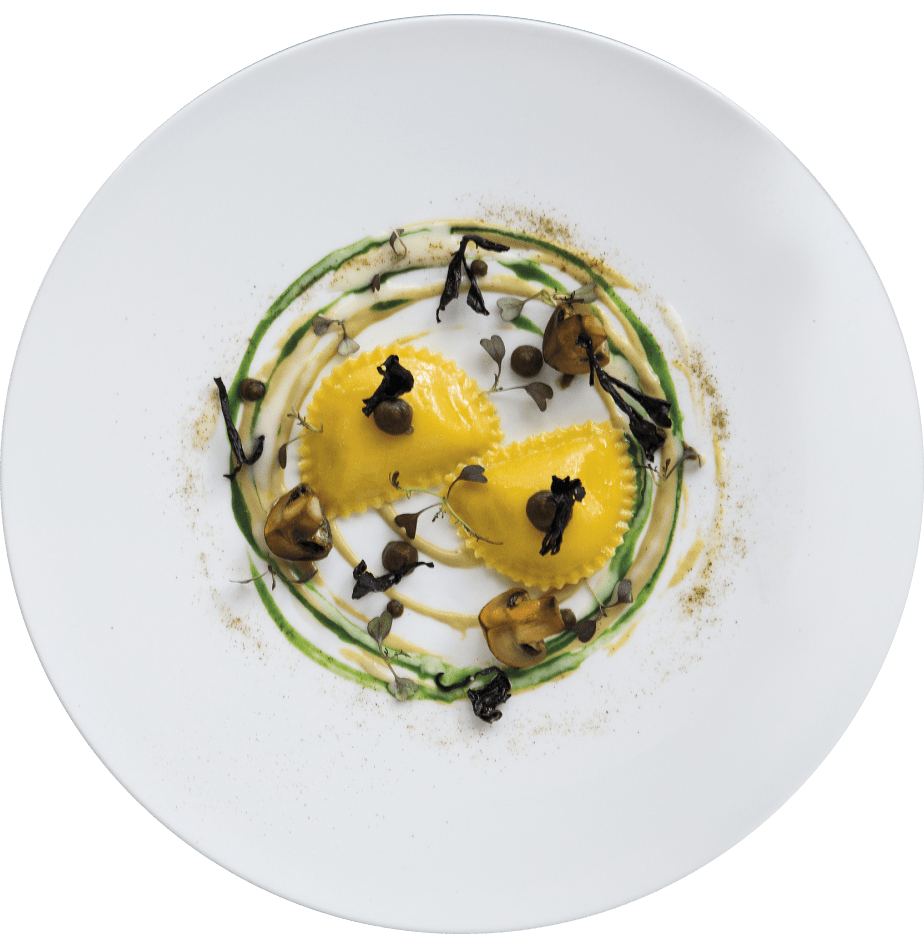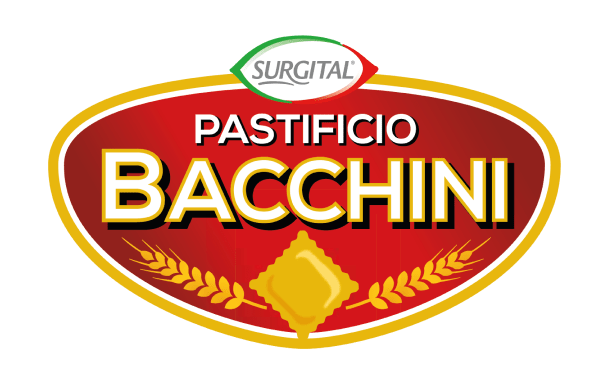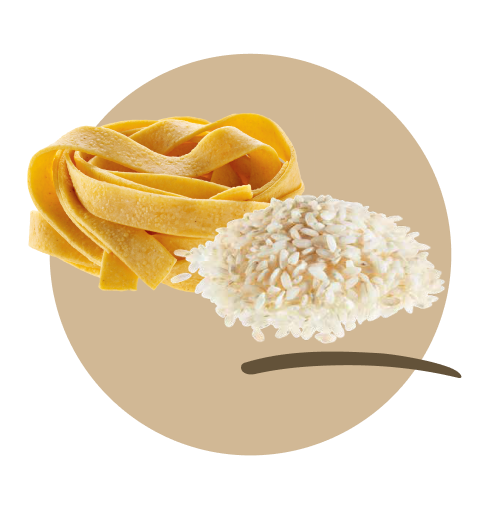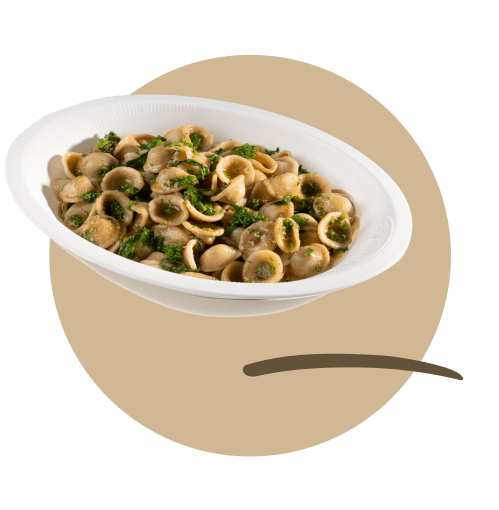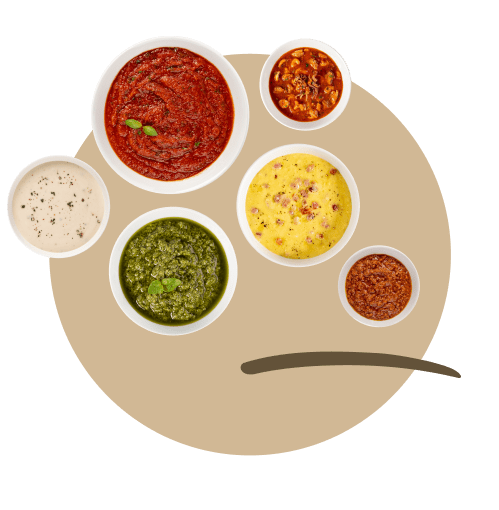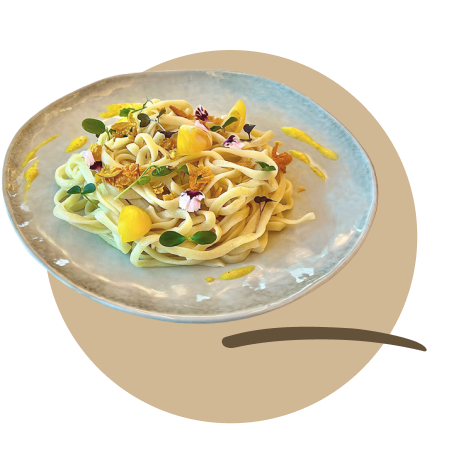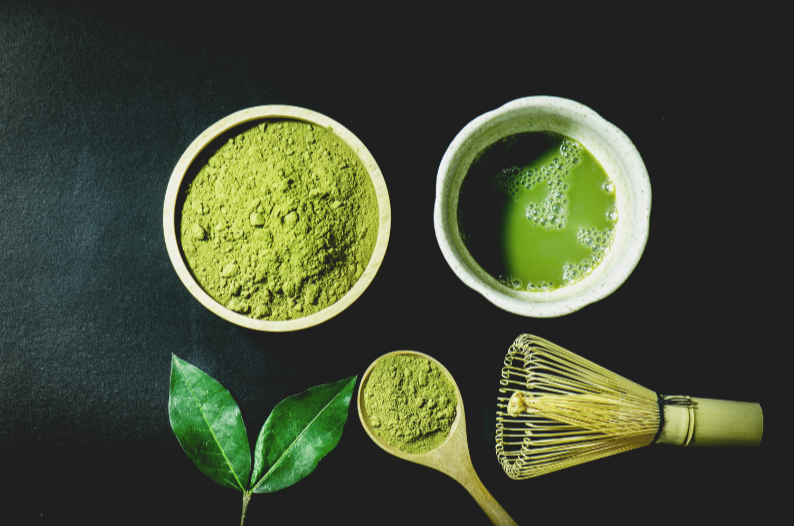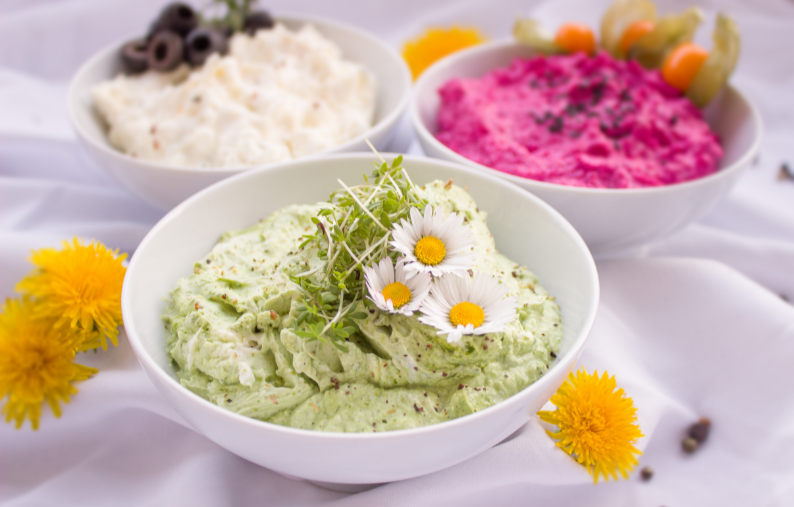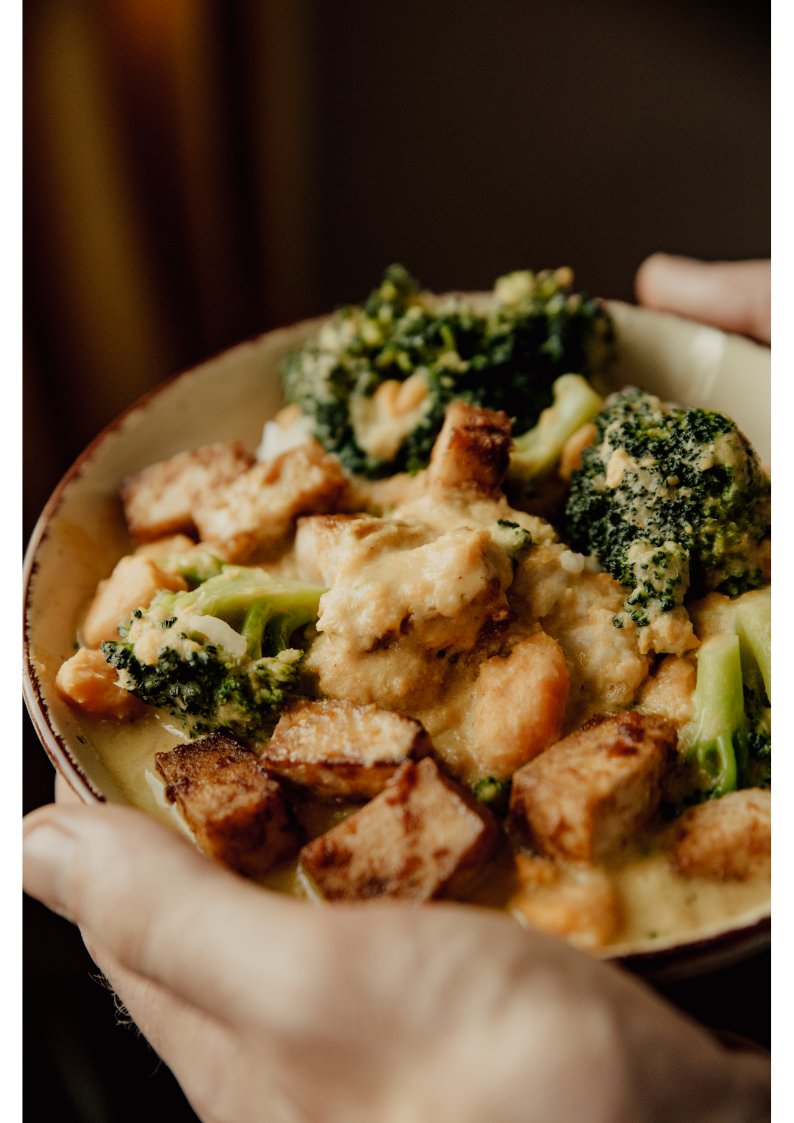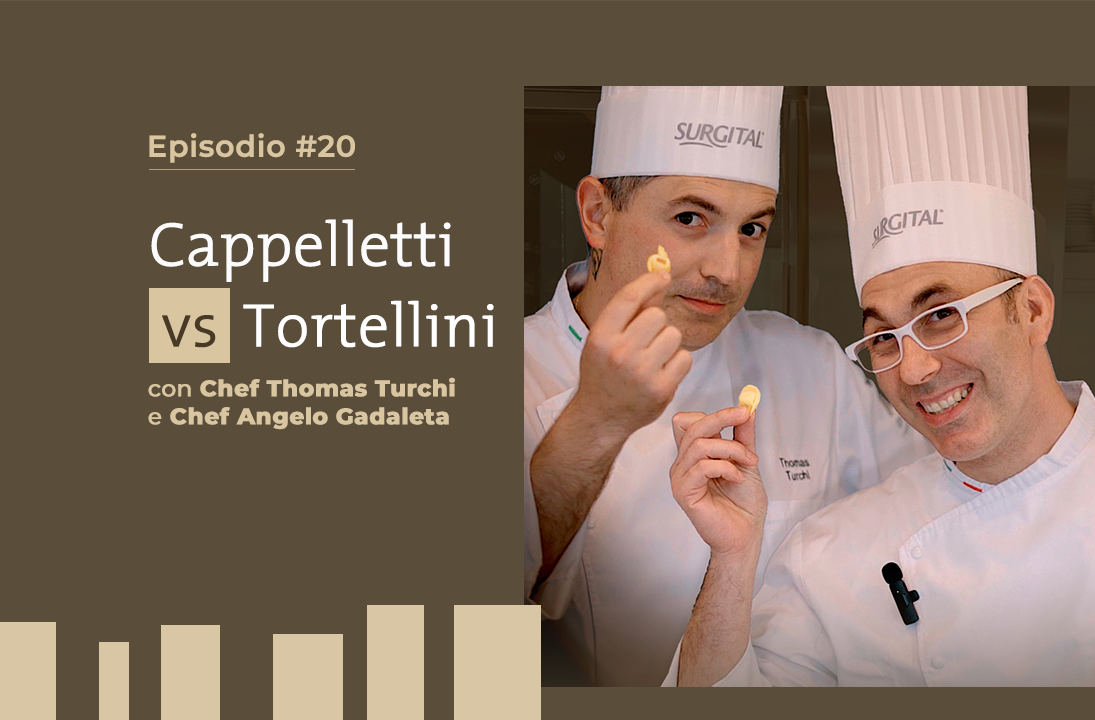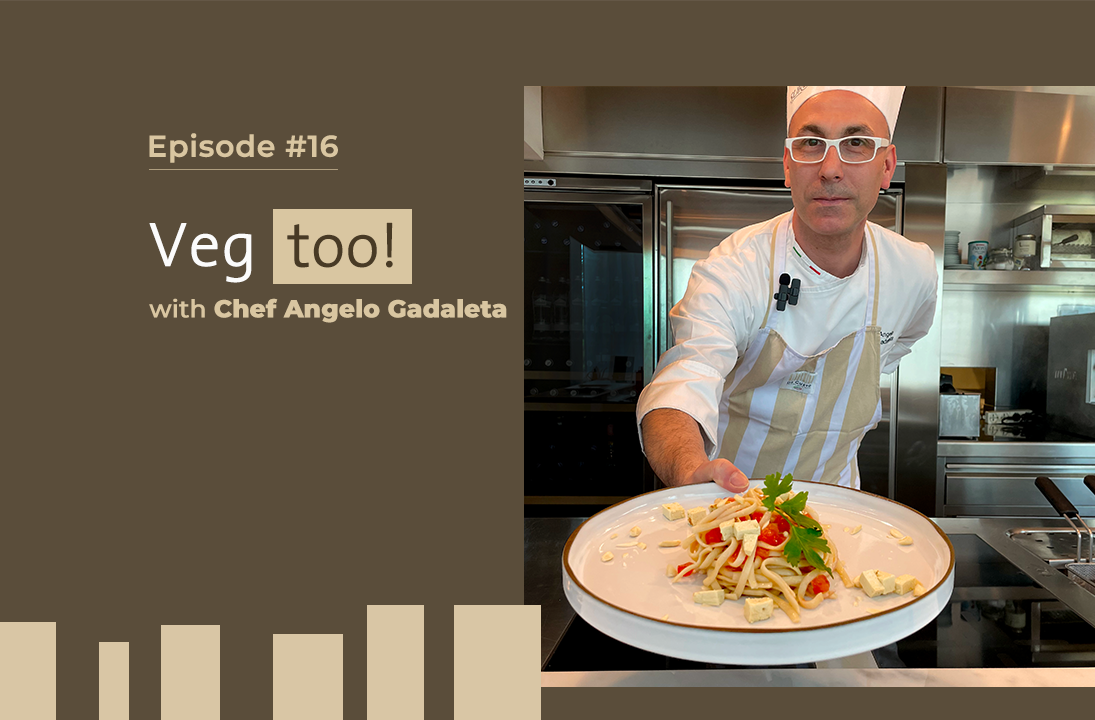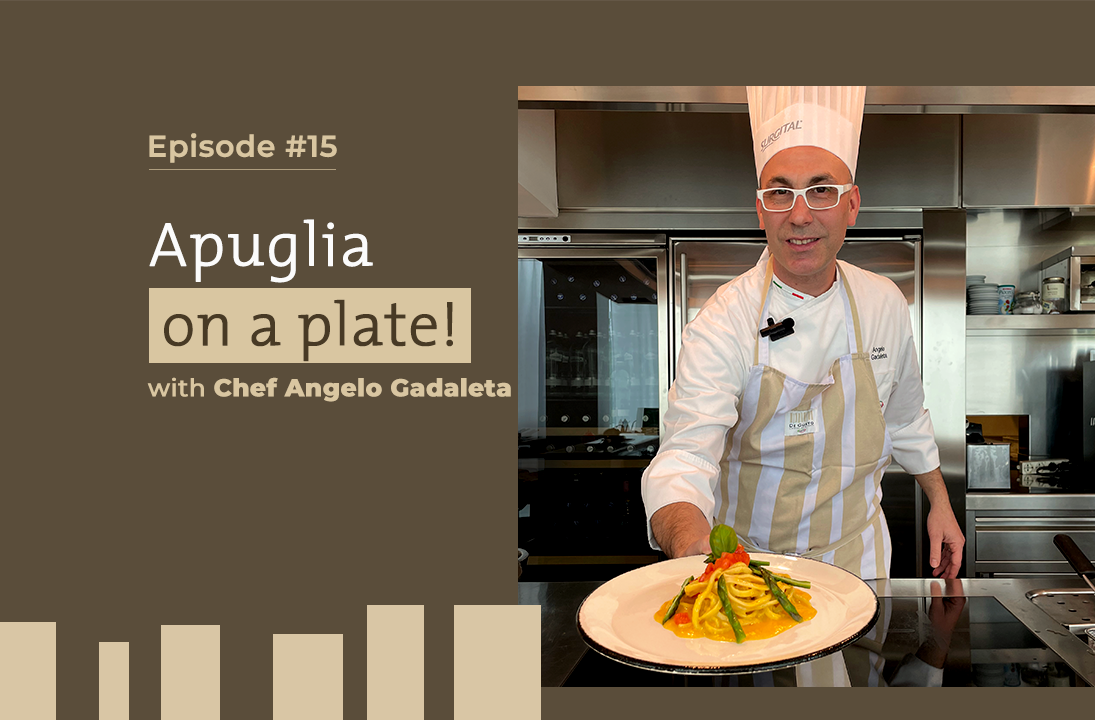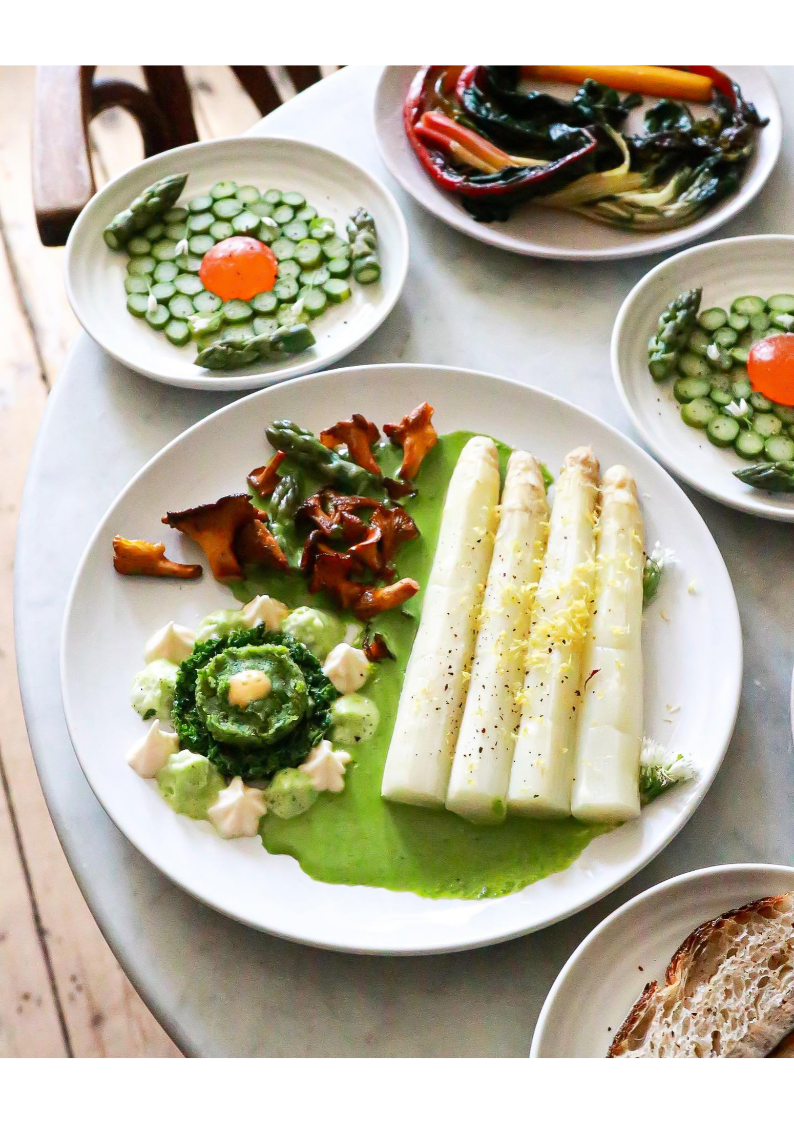
Whether it is about inclination or a radical, ethical choice, green cooking is the source of division and debate. But what is certain is that this debate, whether it is between mere enthusiasts or between catering professionals, is generating a new, positive, colourful era of taste.
Green, vegetarian and vegan cooking has been growing in popularity in recent years, and this fact is clear to us all.
Whether it is ethnic, multi-cultural, fusion or molecular, international cooking is shifting significantly towards the use of raw materials that do not come from animals, thanks to more awareness of the benefits of a plant-based diet.
According to a recent survey carried out by Eurispes, vegetarians and vegans represent 8.2% of the Italian population. Among these, 5.8% of the sample interviewed were vegetarian, and 2.4% were vegan (remember that vegans avoid eating any product of animal origin, even indirect ones such as eggs, milk, honey and their derivatives).
Some interesting information came out of the period of lockdown in 2020, the year in which the highest percentage of the population claimed to be vegetarian; today, the number of vegetarians has decreased – from 6.7% to 5.8% – and the number of vegans has increased, from 2.2% to 2.4%.
But why do people like this type of cuisine so much? Why are young people, in particular, moving towards a vegan diet?
There are various factors. First of all, a natural willingness to make changes – young people are more likely to adopt new lifestyles and trends in comparison with previous generations – but also a growing sensitivity towards animals and their wellbeing.
A large part of this wave is also due to environmental awareness; more and more focus is being given to the impact of intensive farming and meat consumption on climate change and environmental sustainability.
The popularity of a plant-based diet is growing day by day, especially since supermarkets have started assigning more space to sections with a wide range of financially accessible products. Restaurants have also embraced new recipes, innovative techniques and plant-based ingredients to meet client demands – and they have been doing so for even longer than supermarkets. Almost all restaurants now offer dedicated vegetarian menus; some are also including meat substitutes, such as the highly sought-after veggie-burger.
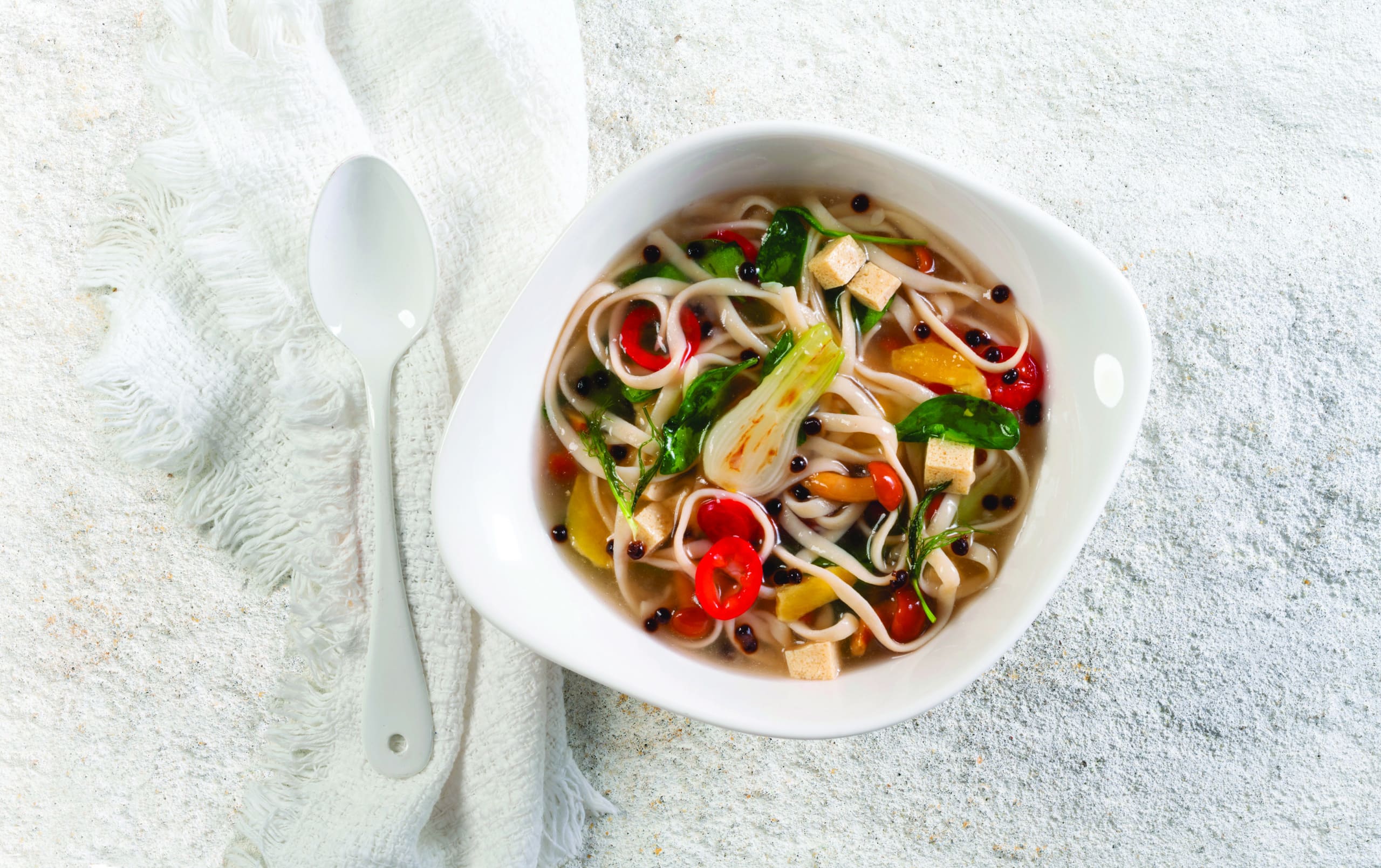
There is now a wider variety of plant-based ingredients available for cooks, from almond and soy milk to cereals rich in protein, such as quinoa and amaranth; even spices, herbs and condiments are being used in more creative ways. Today, there are also a few new ingredients that are very much in fashion, arousing the interest of chefs and plant-based cooking enthusiasts. Here are some of the most interesting:
- Barbari. This is an ancient grain rich in fibre and nutrients. It has a unique, intense flavour that makes it ideal for dishes such as risotto, polenta and stuffed dishes.
- Jackfruit. This tropical fruit has a similar texture to meat when it is cooked, making it perfect as a meat substitute in plant-based dishes.
- Tempeh. A product made from fermented soy, tempeh has a strong flavour and is rich in protein. It is used as a meat alternative in hamburgers, stews and other recipes.
- Pollen. Rich in protein, minerals and vitamins, pollen is becoming more and more common in vegetarian cooking as an ingredient for salads, pancakes and muesli.
- Chia seeds. Another food rich in vegetable protein, fibre and omega-3 fatty acids. Chia seeds are used as thickeners in soups and added to muesli, bread and cakes.
- Kombucha. A fermented drink made from green tea, rich in probiotics and enzymes. It is used as a condiment, a base for marinades, and also to prepare desserts.
These are only a few of the hero ingredients that are becoming more and more popular in today’s international vegetarian cooking, thanks to their nutritional properties and the unique flavour they add to recipes.
Some of the best-known Italian chefs are taking vegetarian and vegan cuisine to levels of sophistication and elegance that make it comparable to the greats of traditional cuisine, enhancing new ingredients in creative ways.
Among these is Pietro Leemann, the most famous vegetarian and vegan chef, and the only one to have earned a Michelin Star with his restaurant Joia in Milan; but also Simone Rugiati, one of the first vegan chefs in Italy, who creates sophisticated dishes made from vegetables, cereals and legumes as an alternative to meat; and Simone Salvini, who has collaborated with the Veronesi Foundation and currently works with the Ghita Academy, a plant-based cooking school dedicated to training sector professionals and new talent.
As well as Ghita Academy, in Italy there are various training institutes dedicated to vegetarian and vegan cooking. For a professional approach, there is the Italian Food Academy, which offers highly specialised courses that allow students to learn the basic techniques of professional vegetarian and vegan cooking.
But for those who simply want to enrich their culinary culture, chef Davide Maffioli and Tiziana Caretti, both experienced professionals in the Italian restaurant sector, offer their online Vegan Cooking Courses, which are open to all: “What do we want for the future of the planet and all the beings that inhabit it? Balance, respect and peaceful coexistence. We are trying to actively participate in the wave of awareness that has risen up all over the world in the last decade. First with the restaurant, and now with our online courses, we are sharing our journey, our choices and our vision of the future with those who want to hear them”.
In short, whether it is about inclination, or a radical or ethical choice, we are sure that green cooking will create division and debate. Because as well as vegetarians and vegans, let’s not forget that there are also flexitarians, or semi-vegetarians, along with reducetarians, who are reducing their meat consumption and are attracted to veganism, but are not yet ready to entirely abandon animal-based food.
One thing is certain: the debate will stimulate supply and demand, generating a new, positive, colourful era of taste. And how could it be any other way: the Italian word for green, verde, comes from “viridis”, meaning lively.

